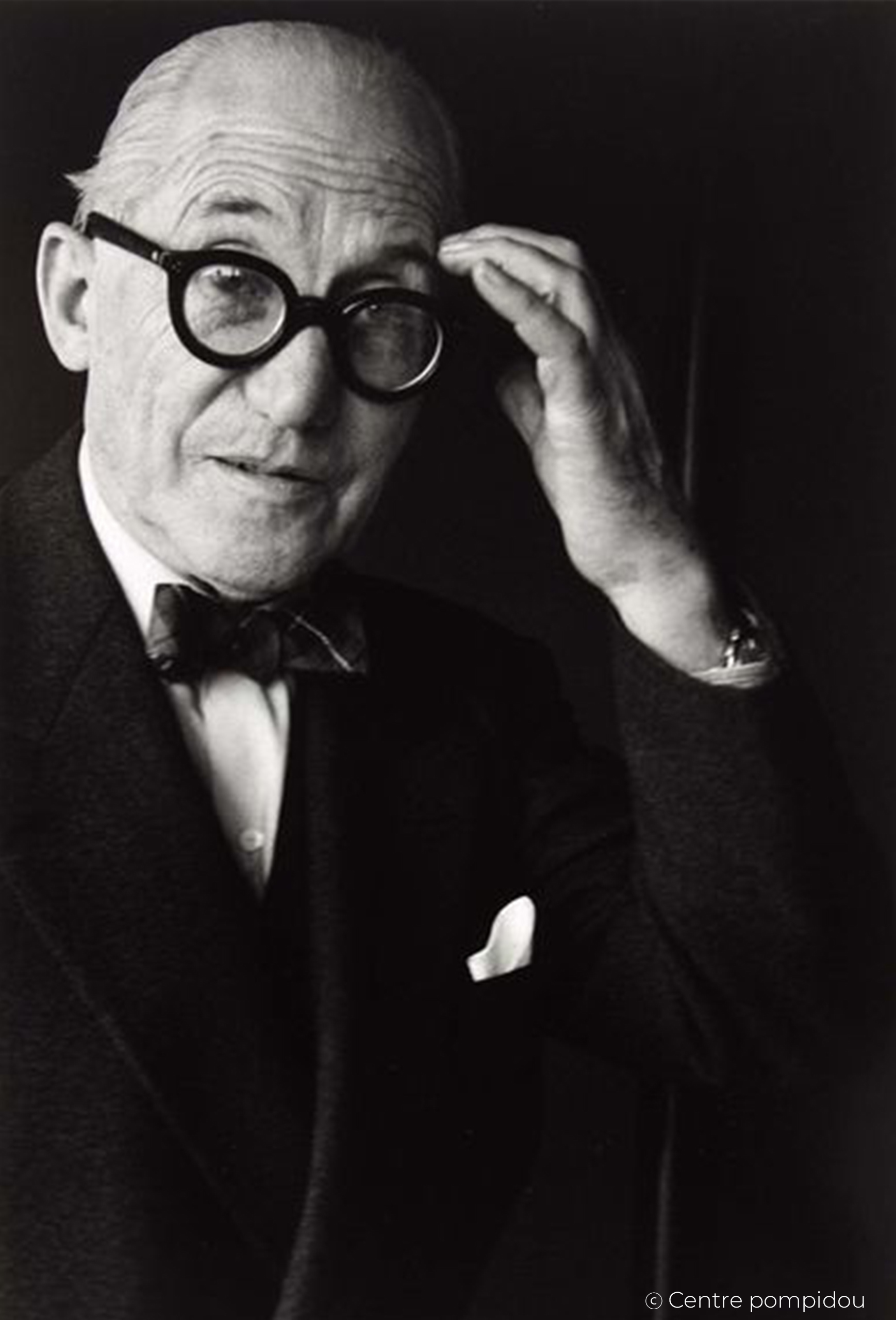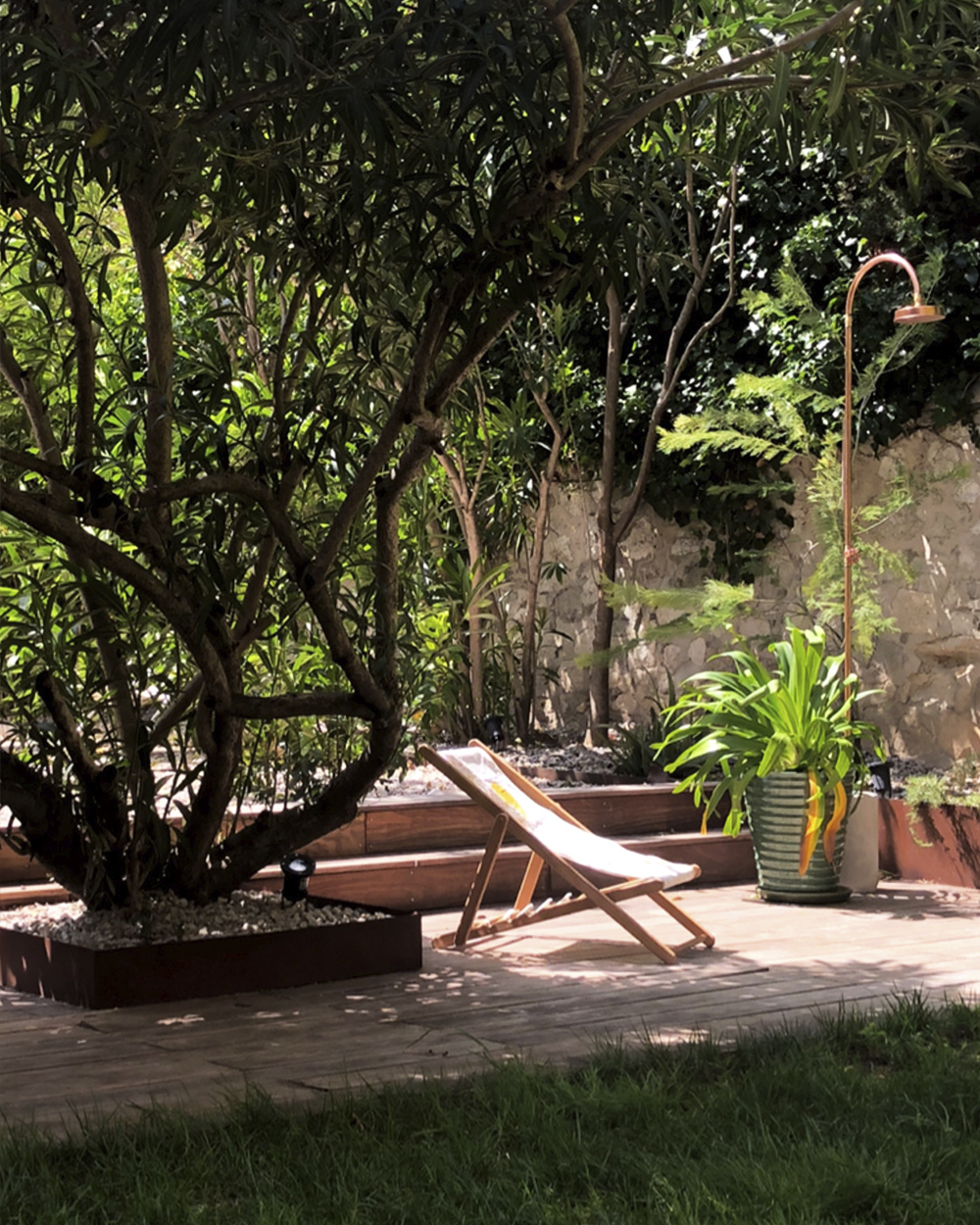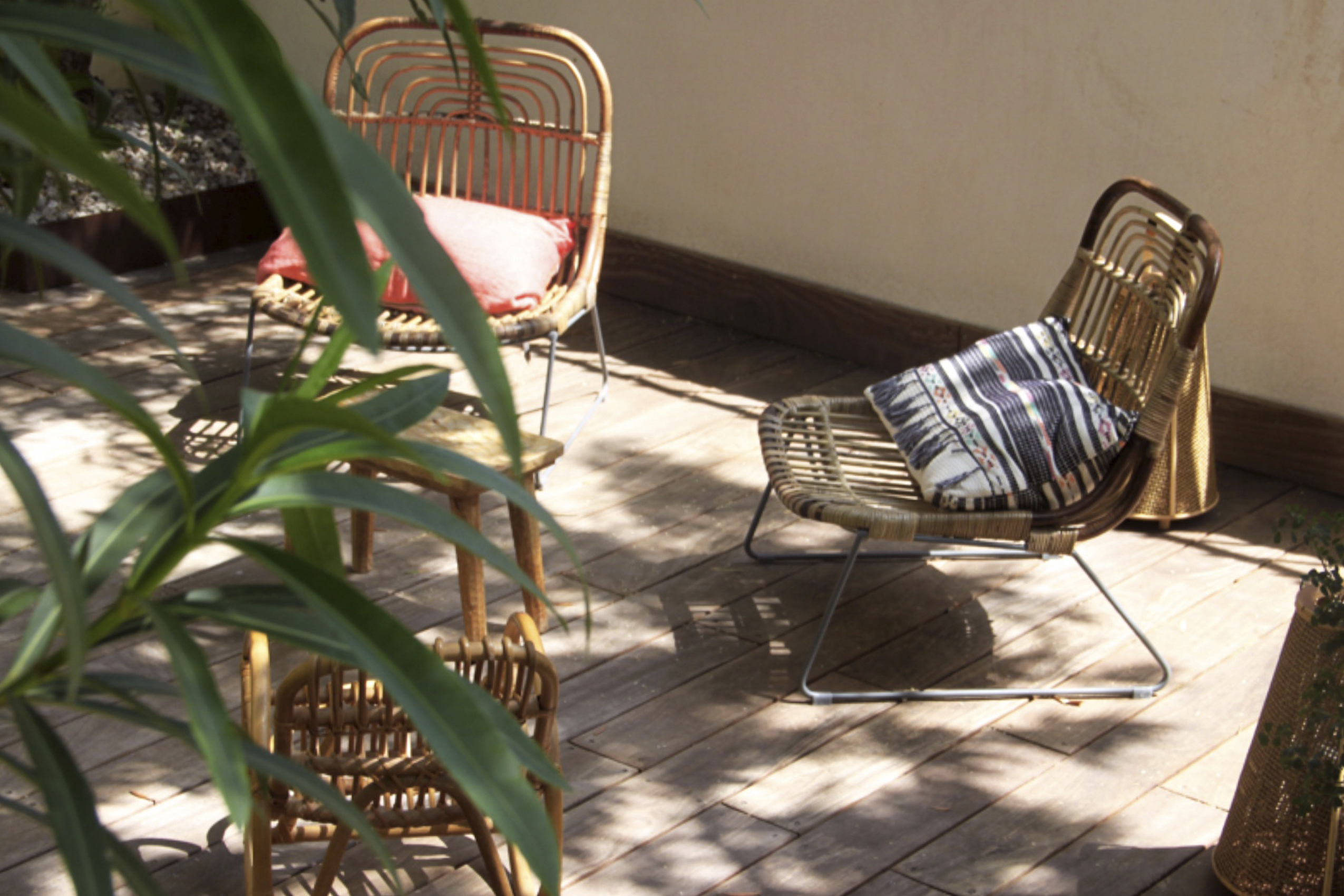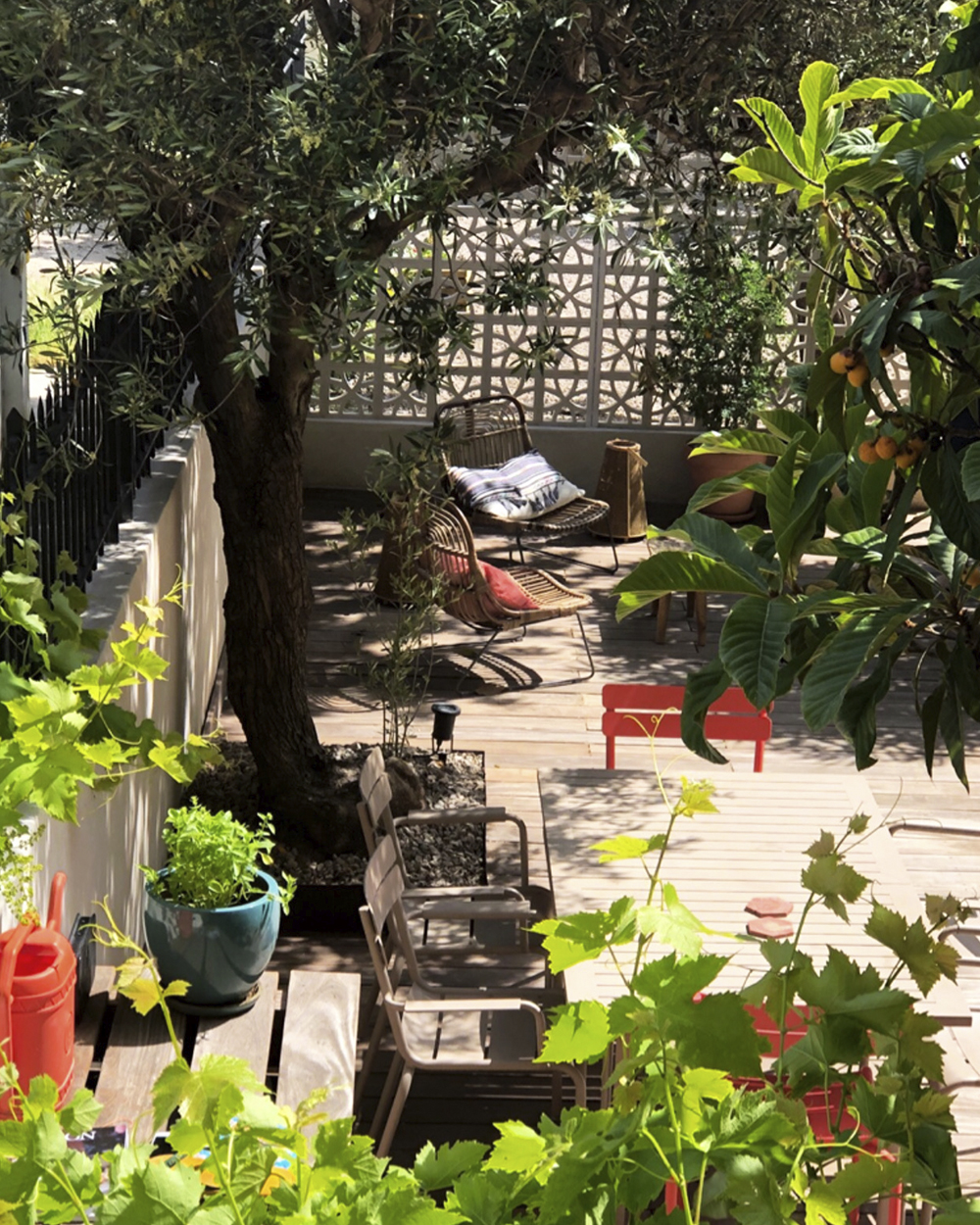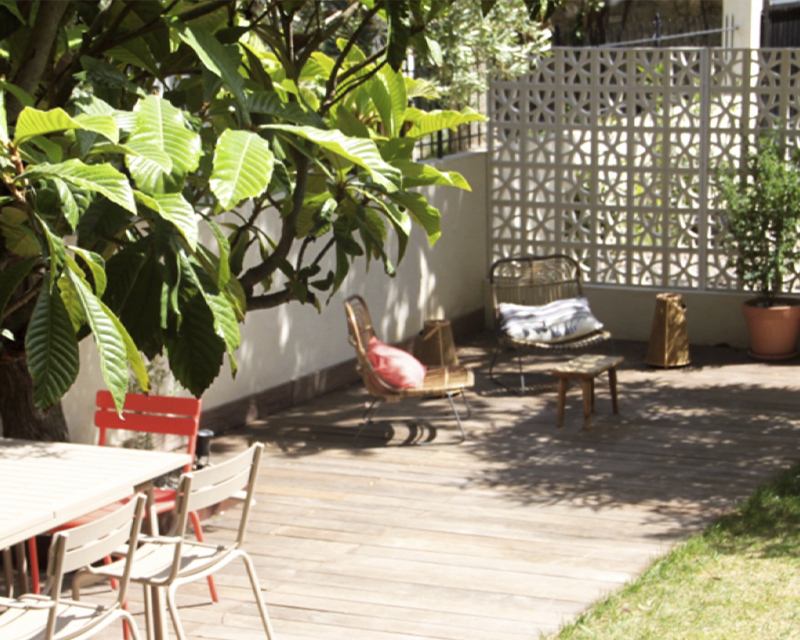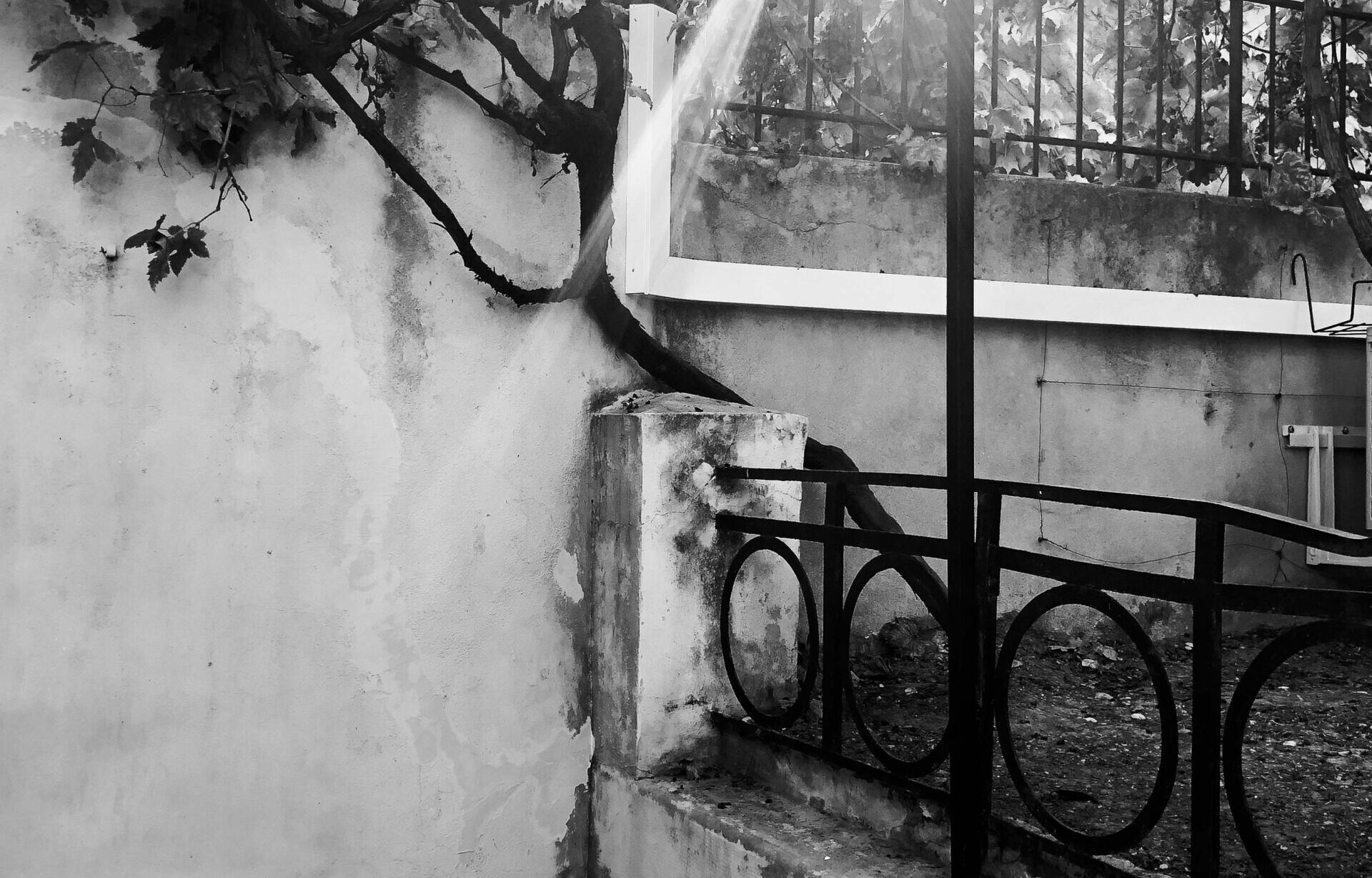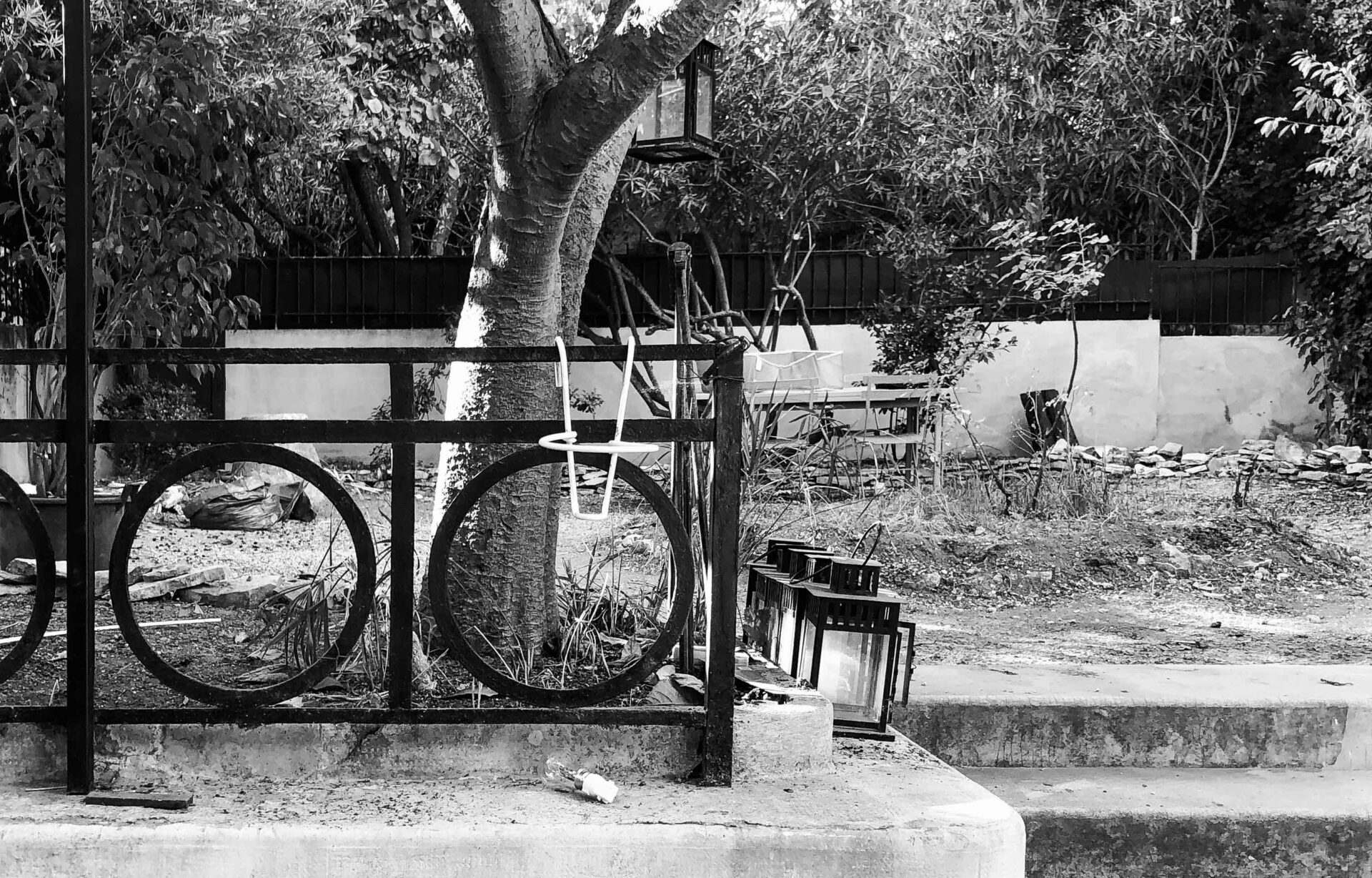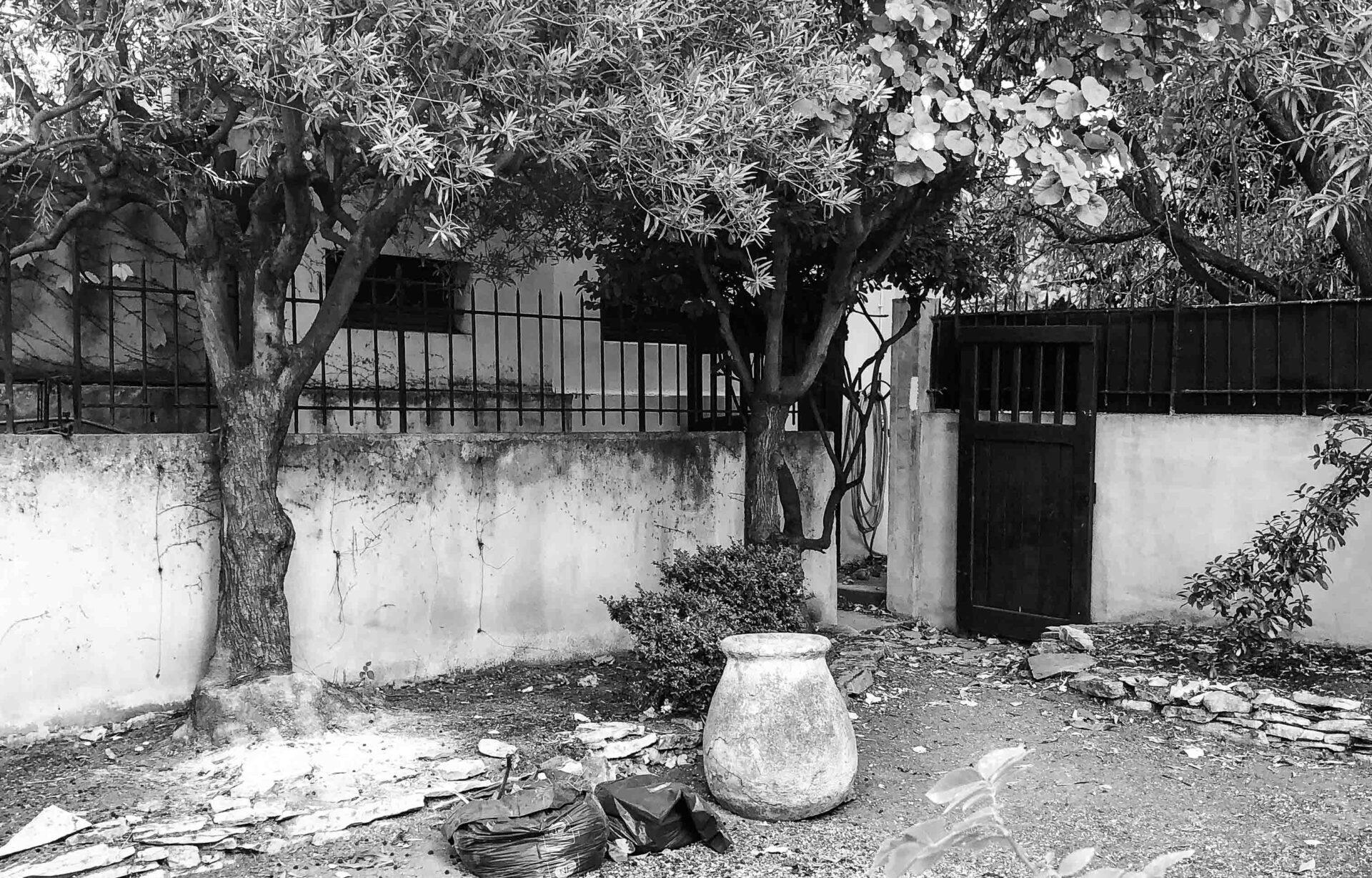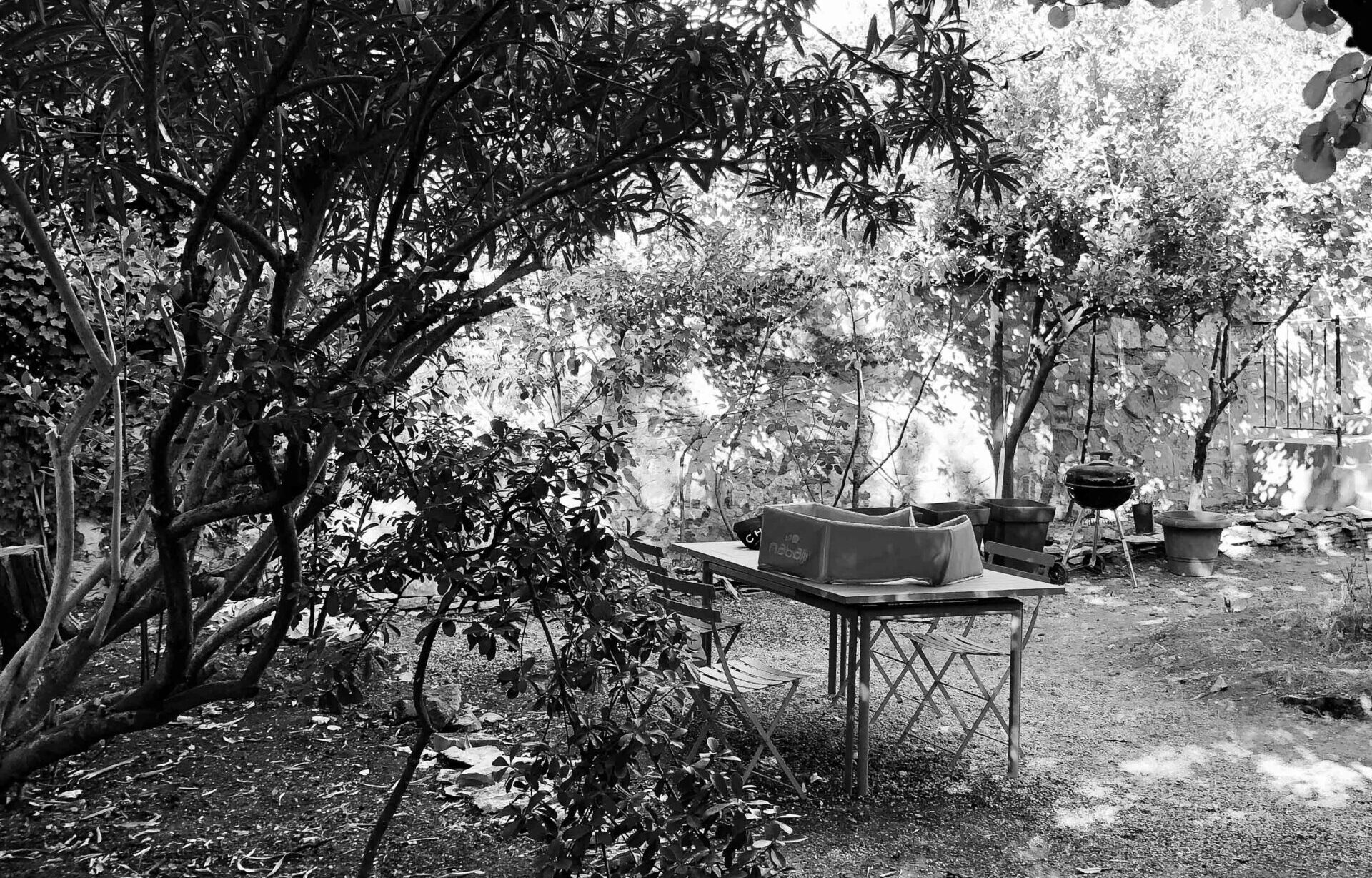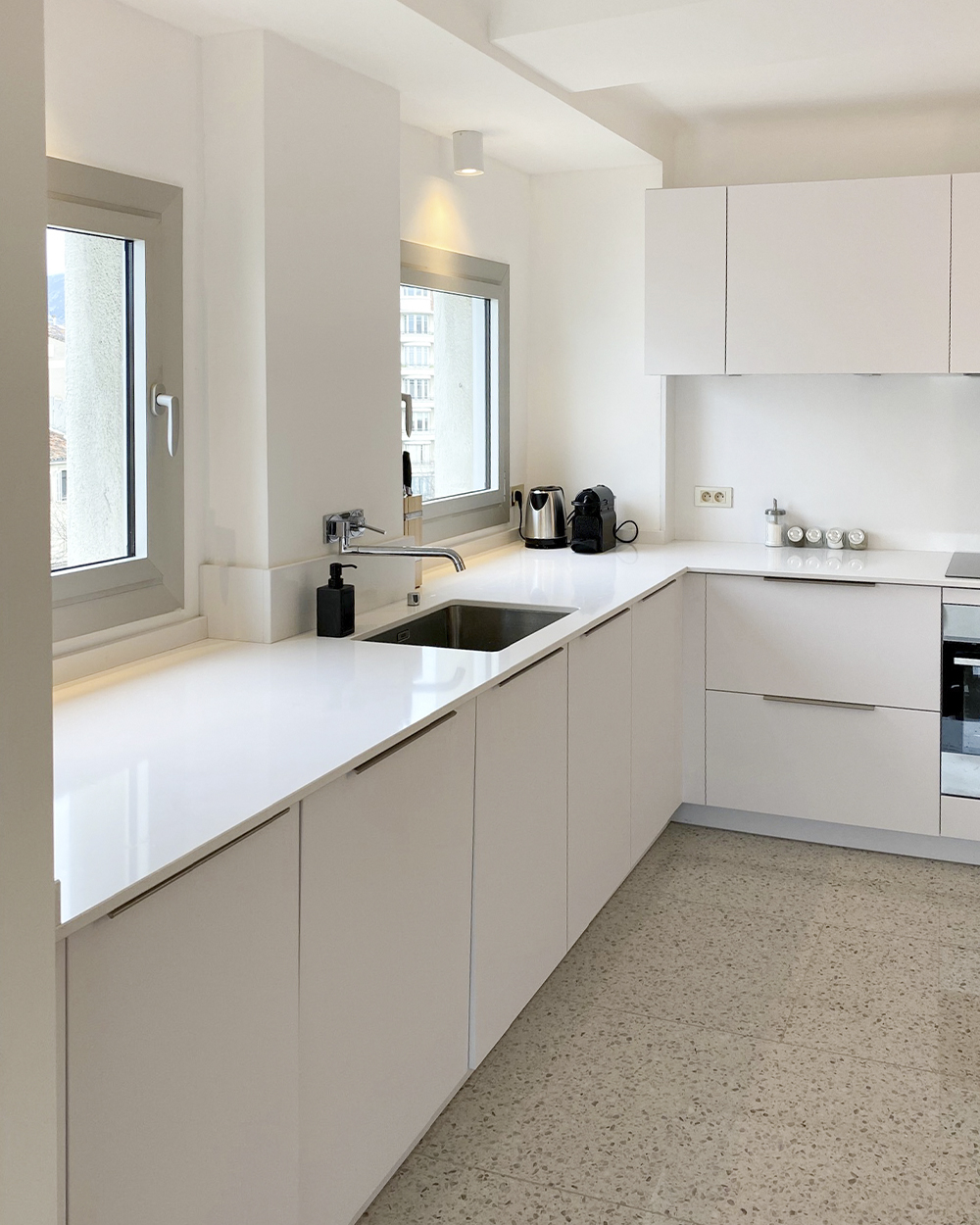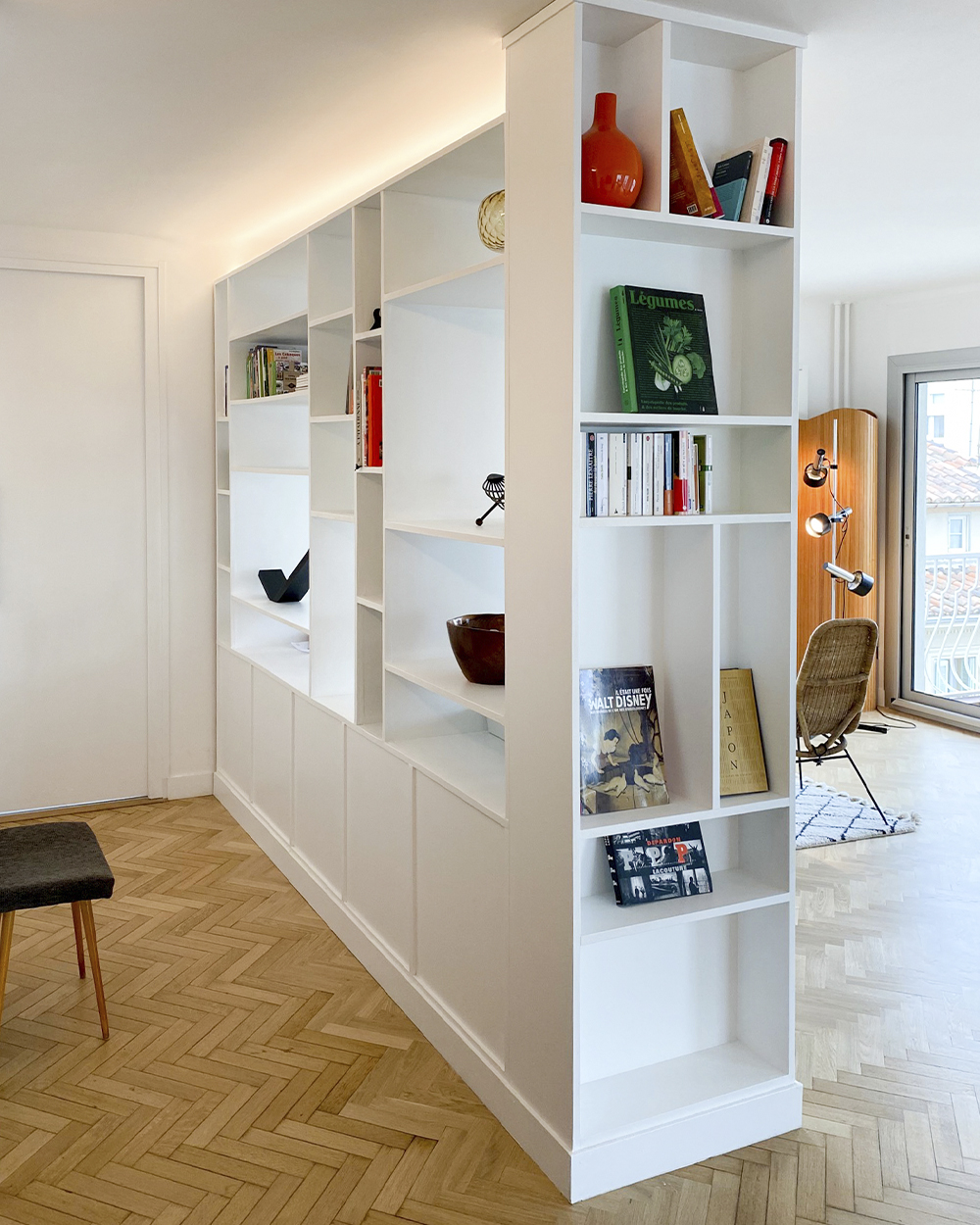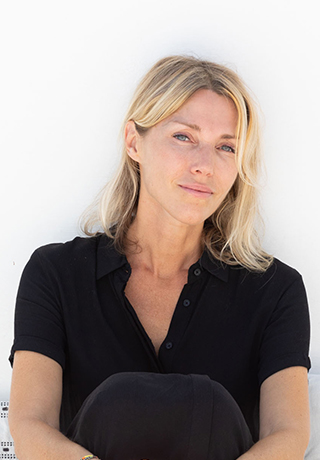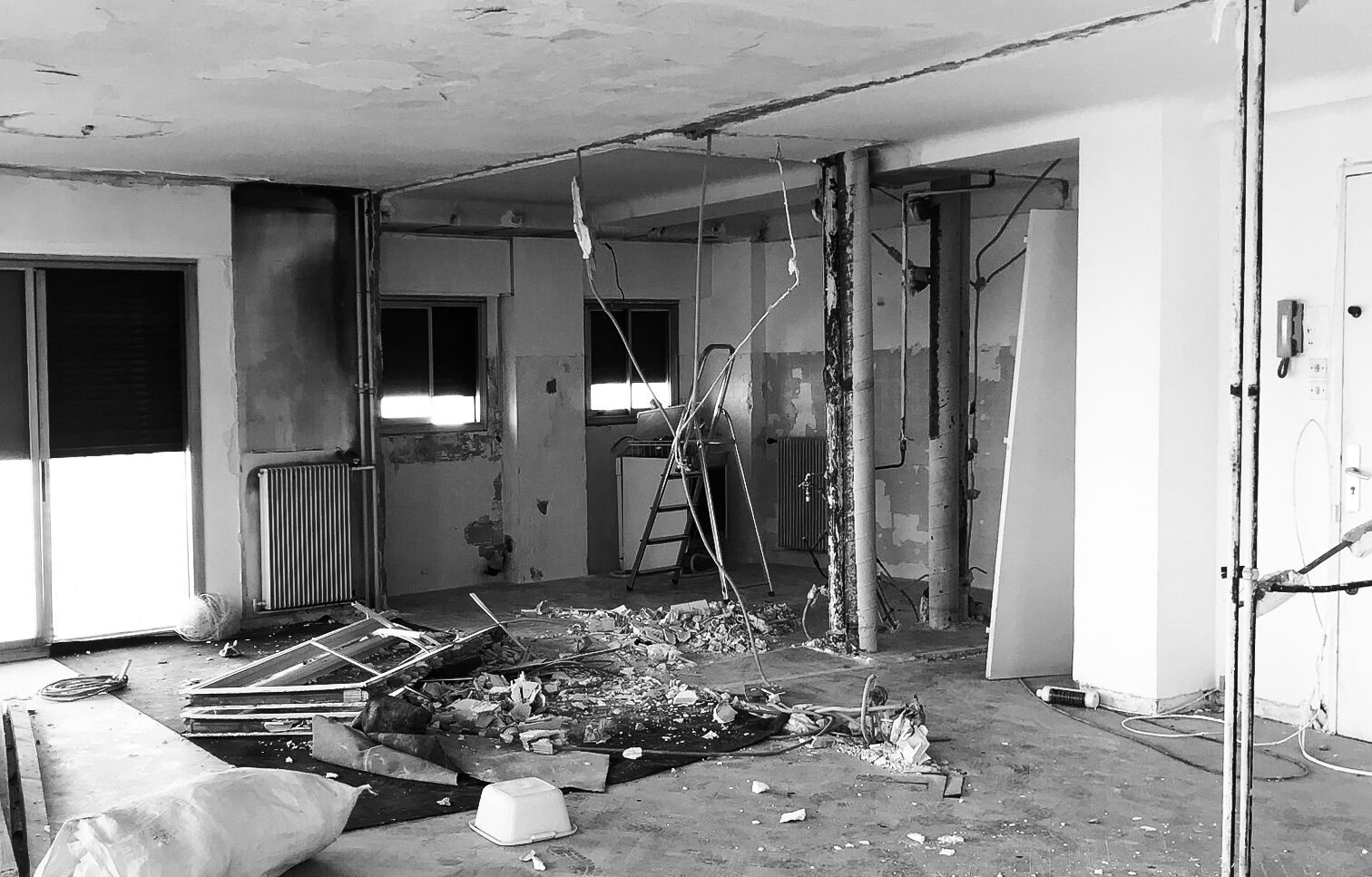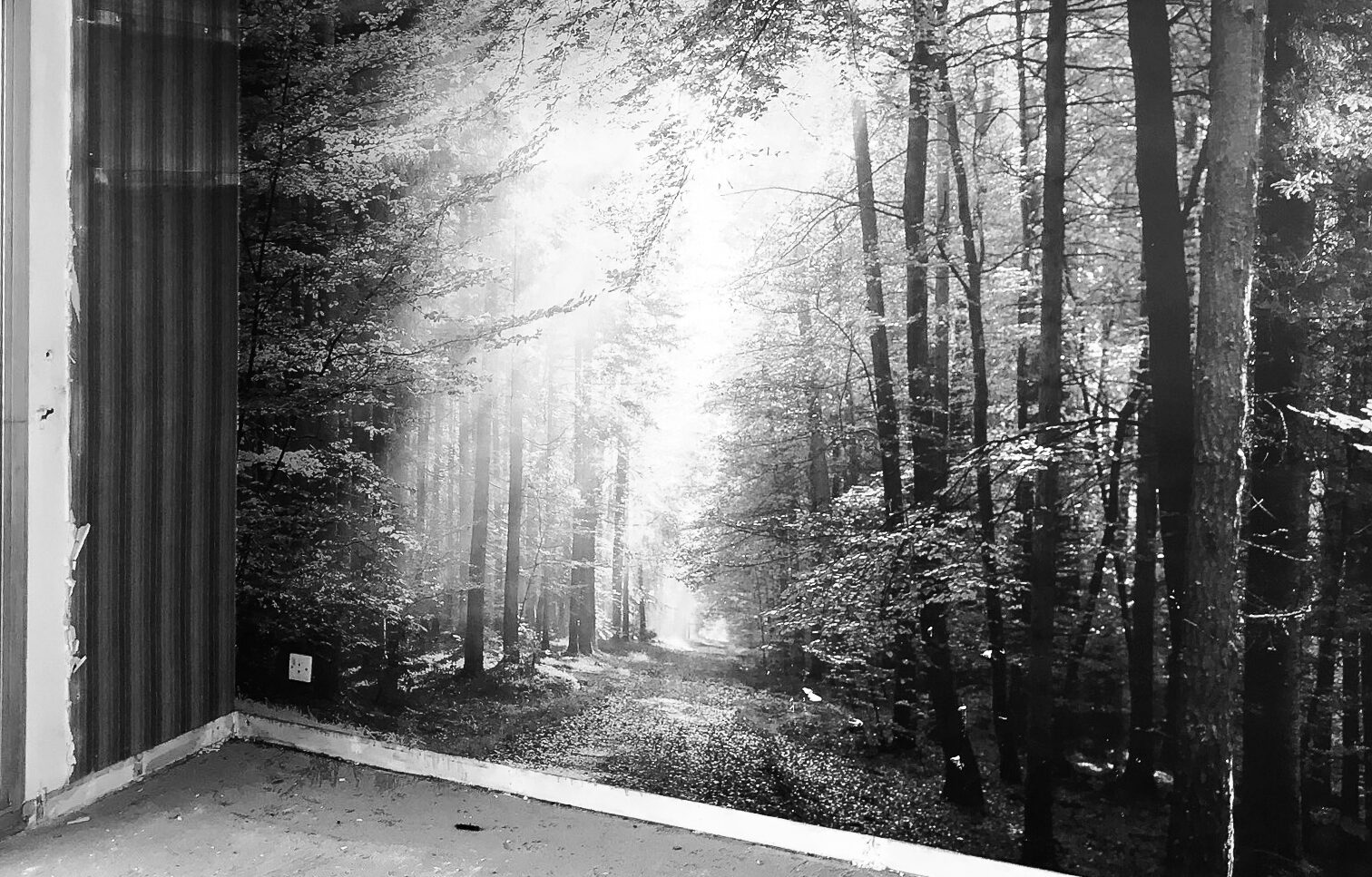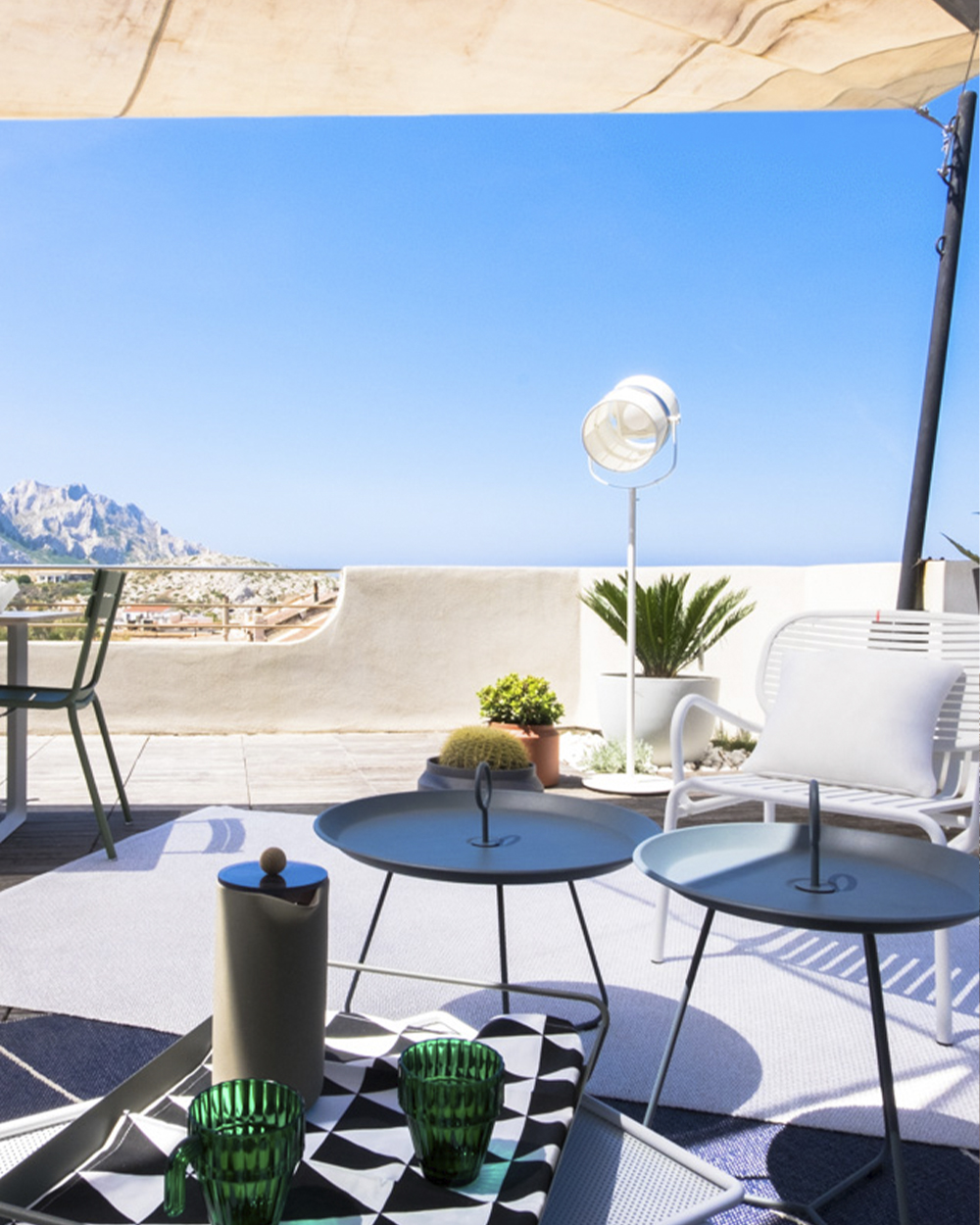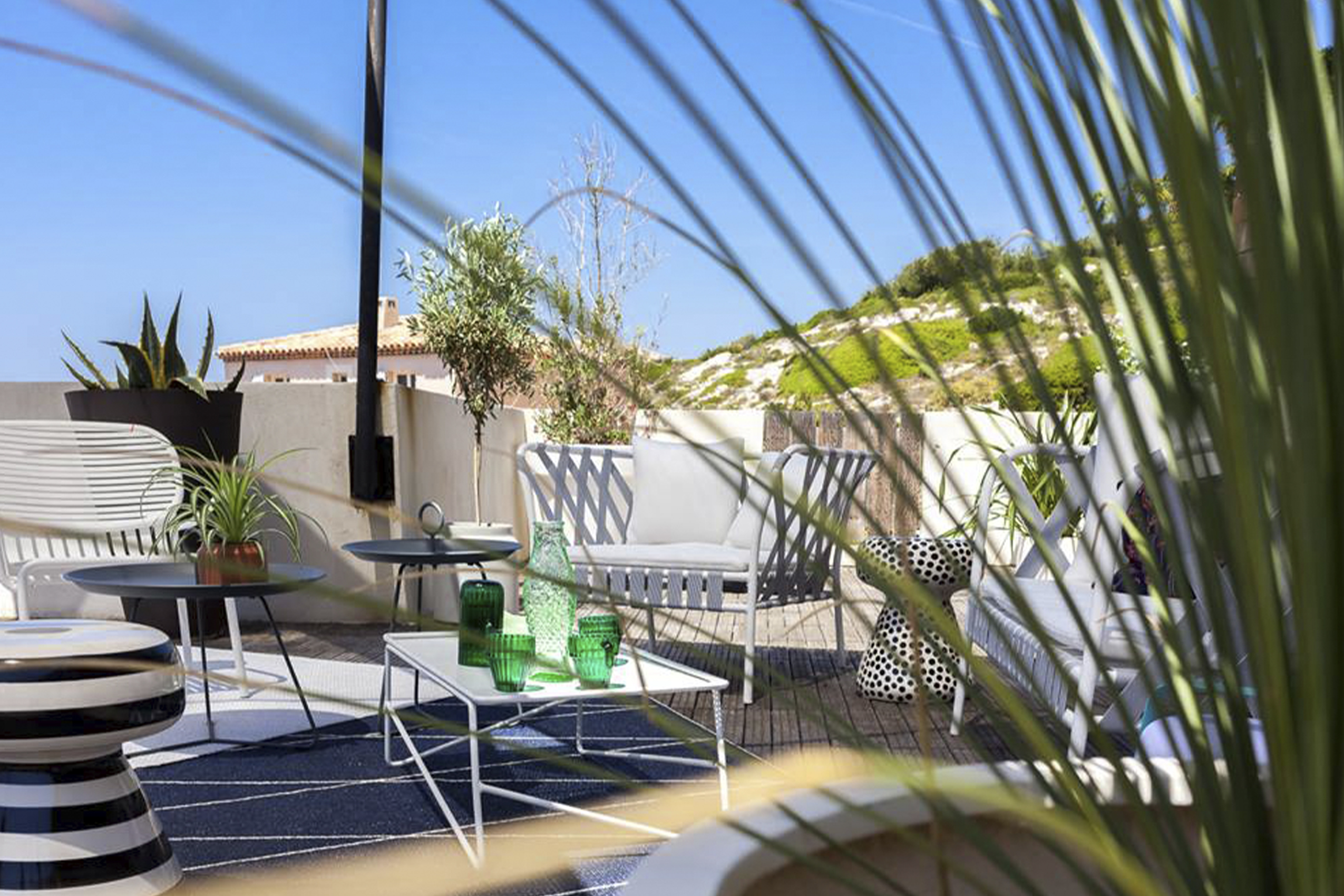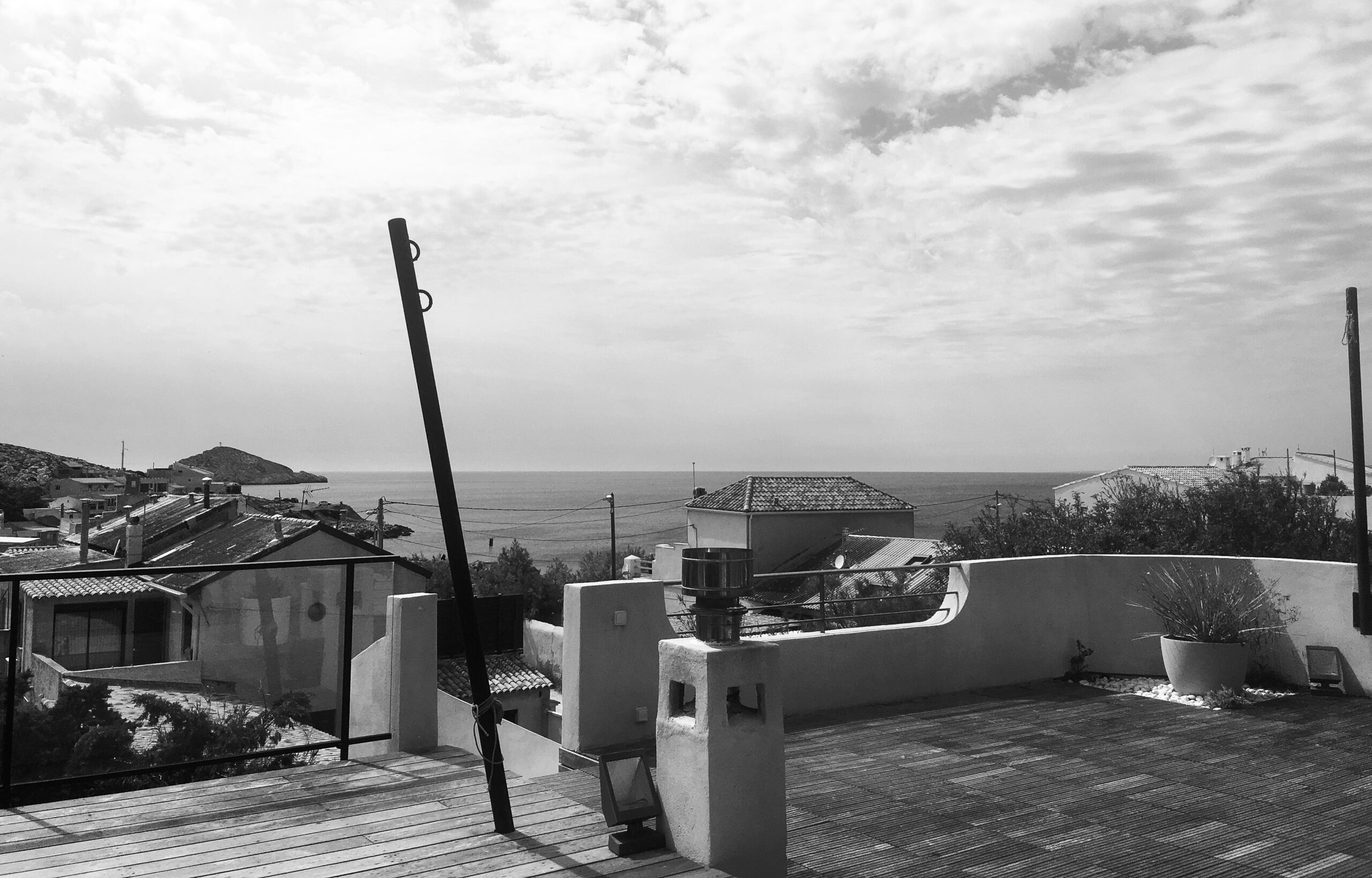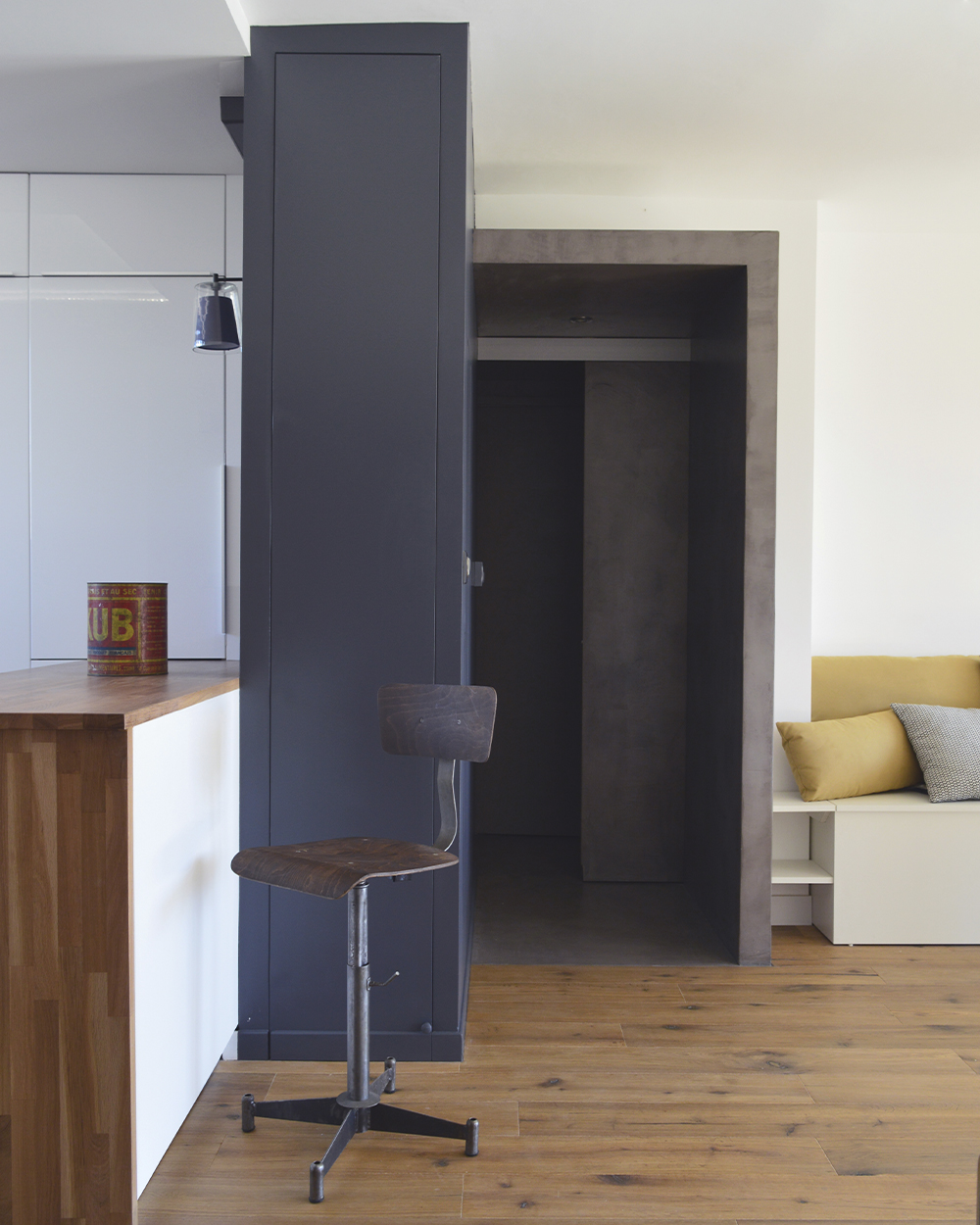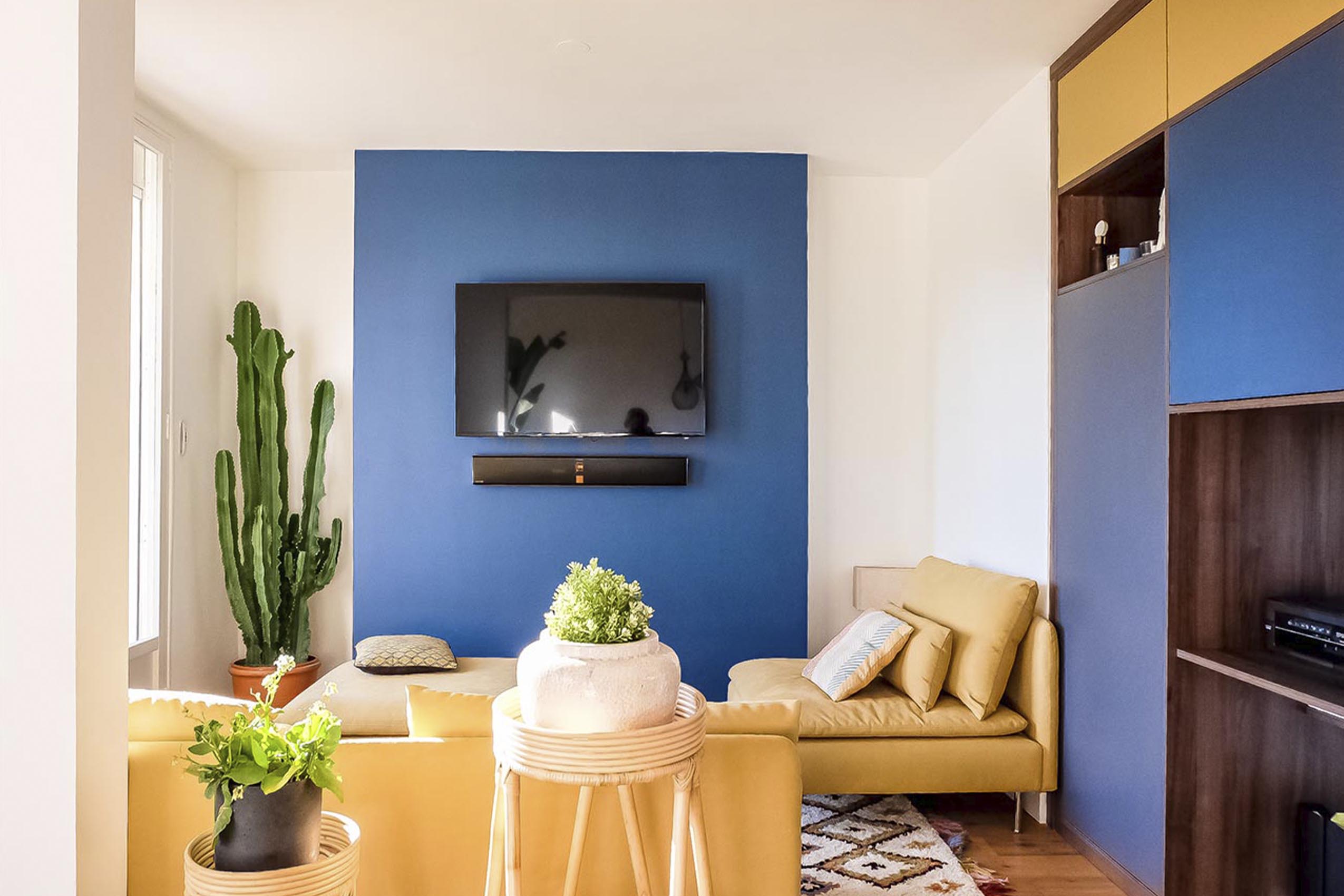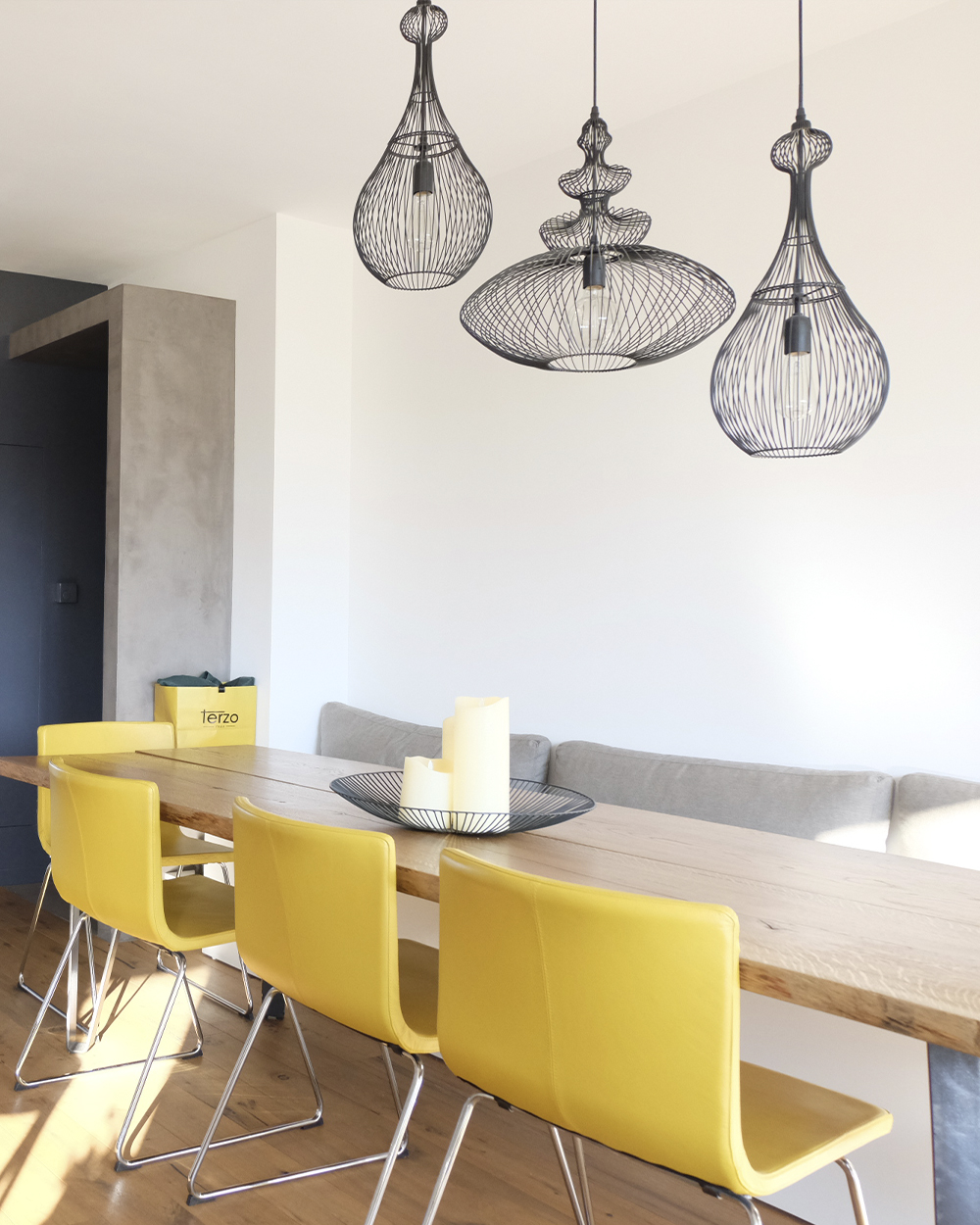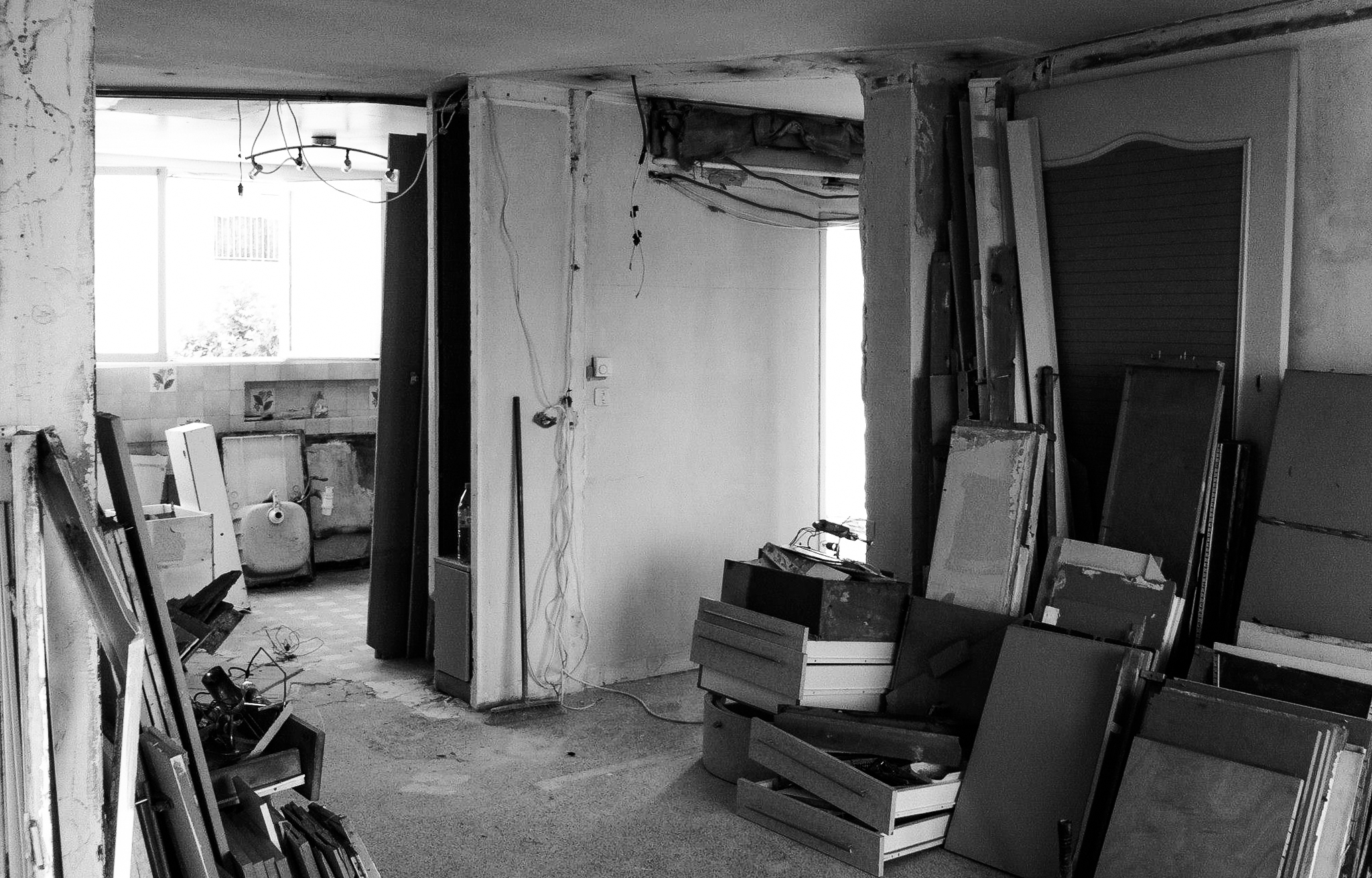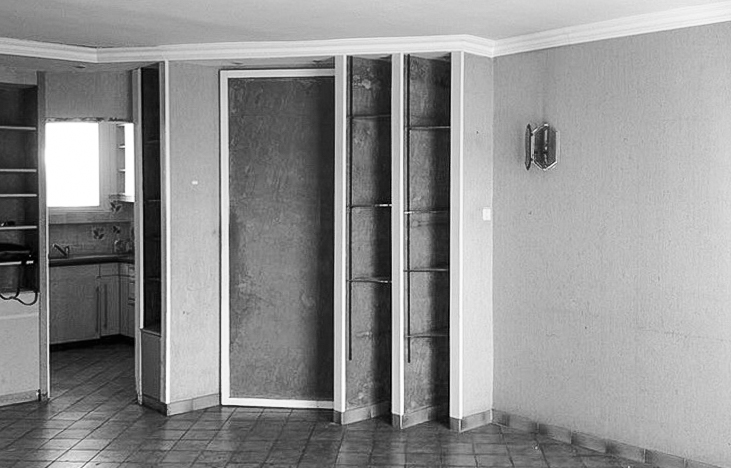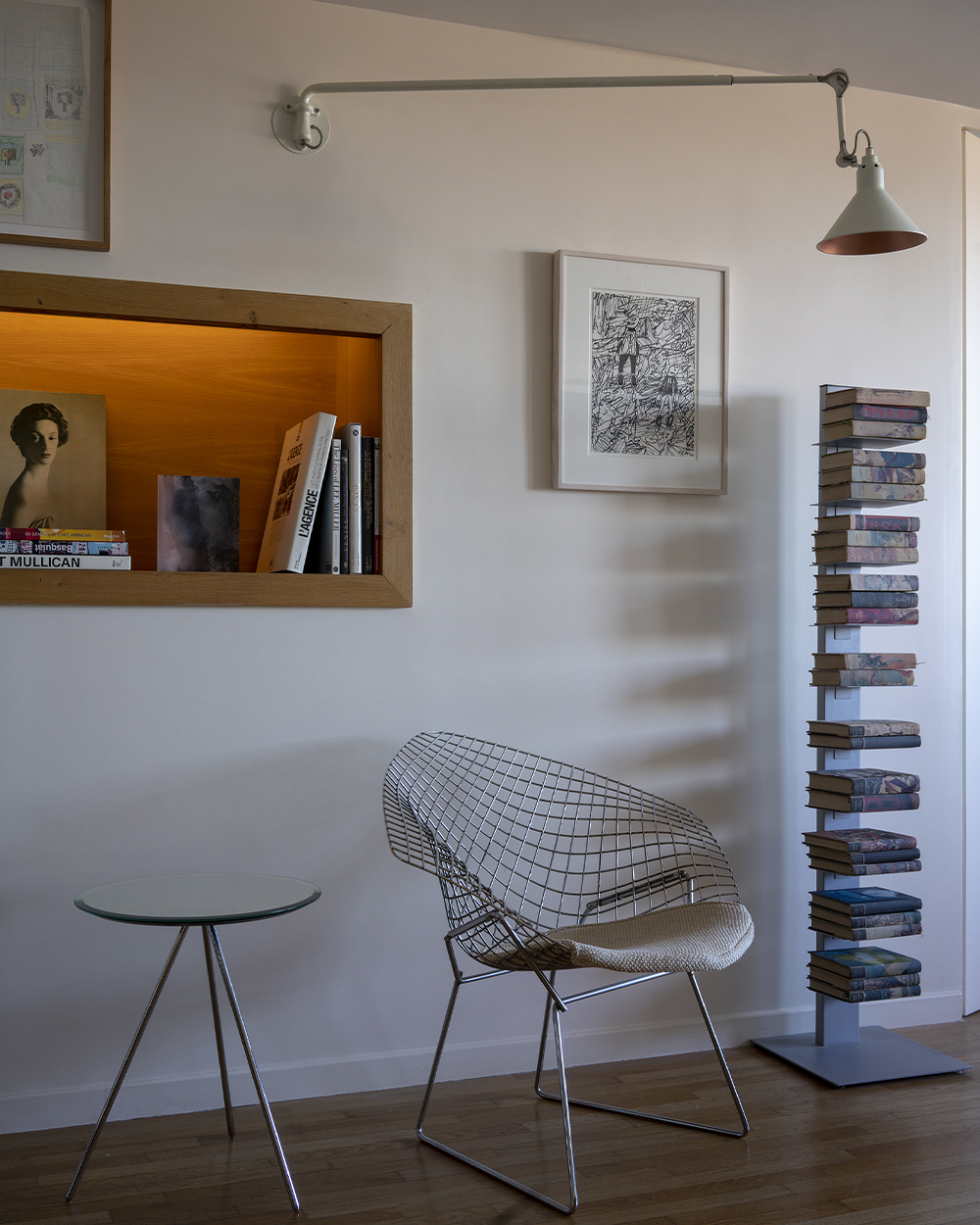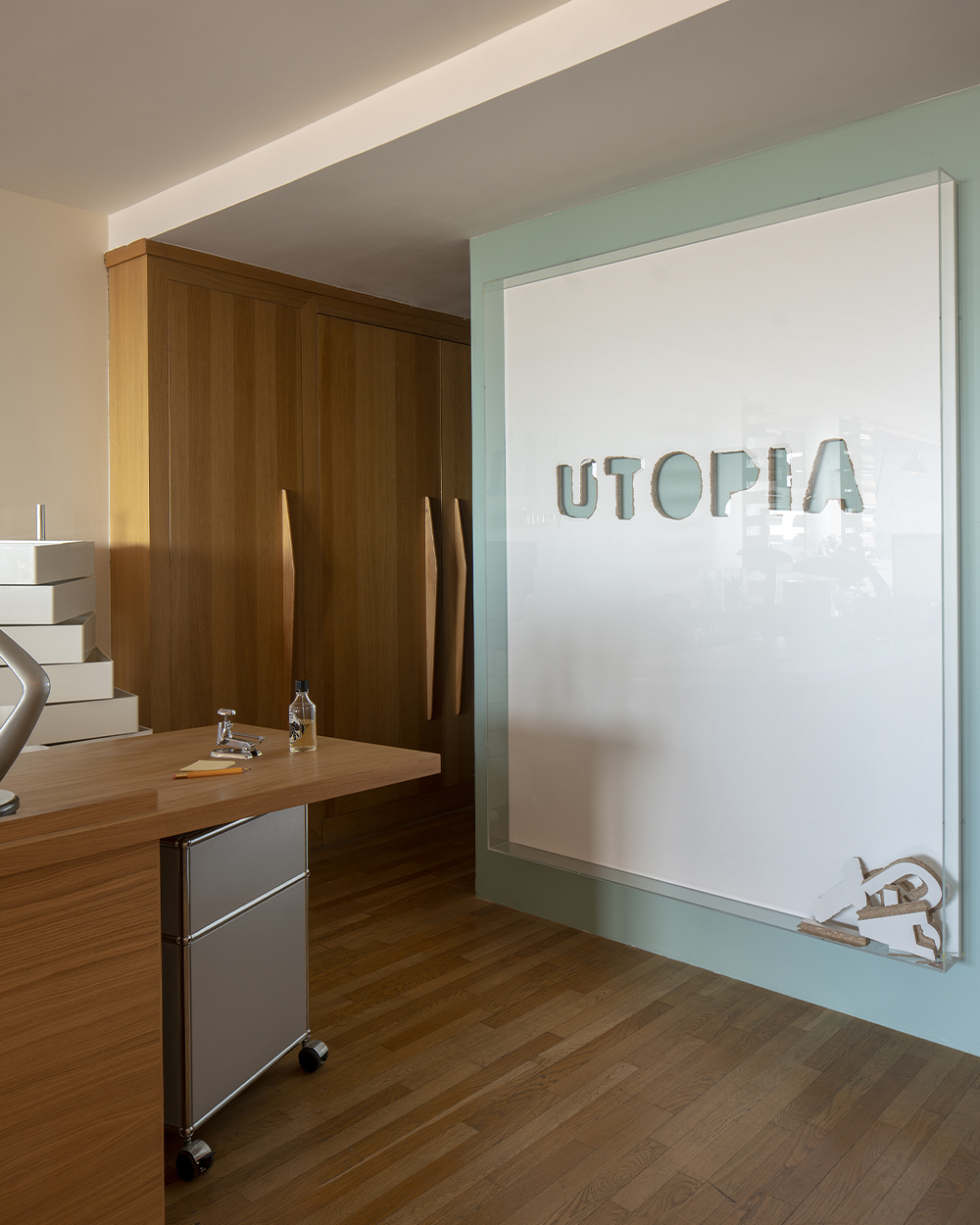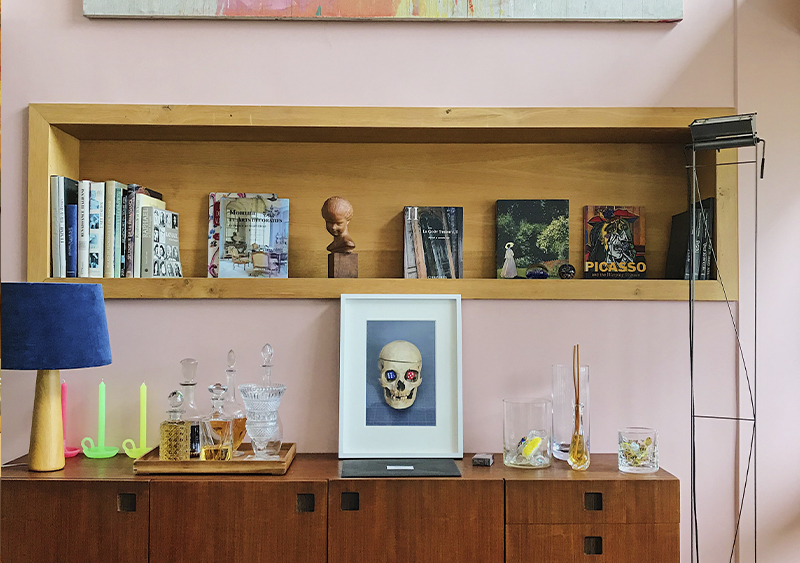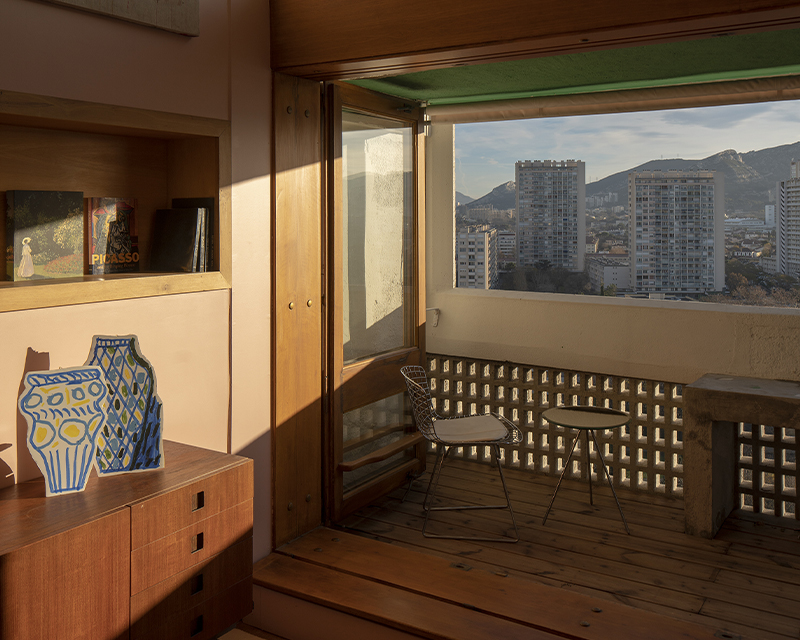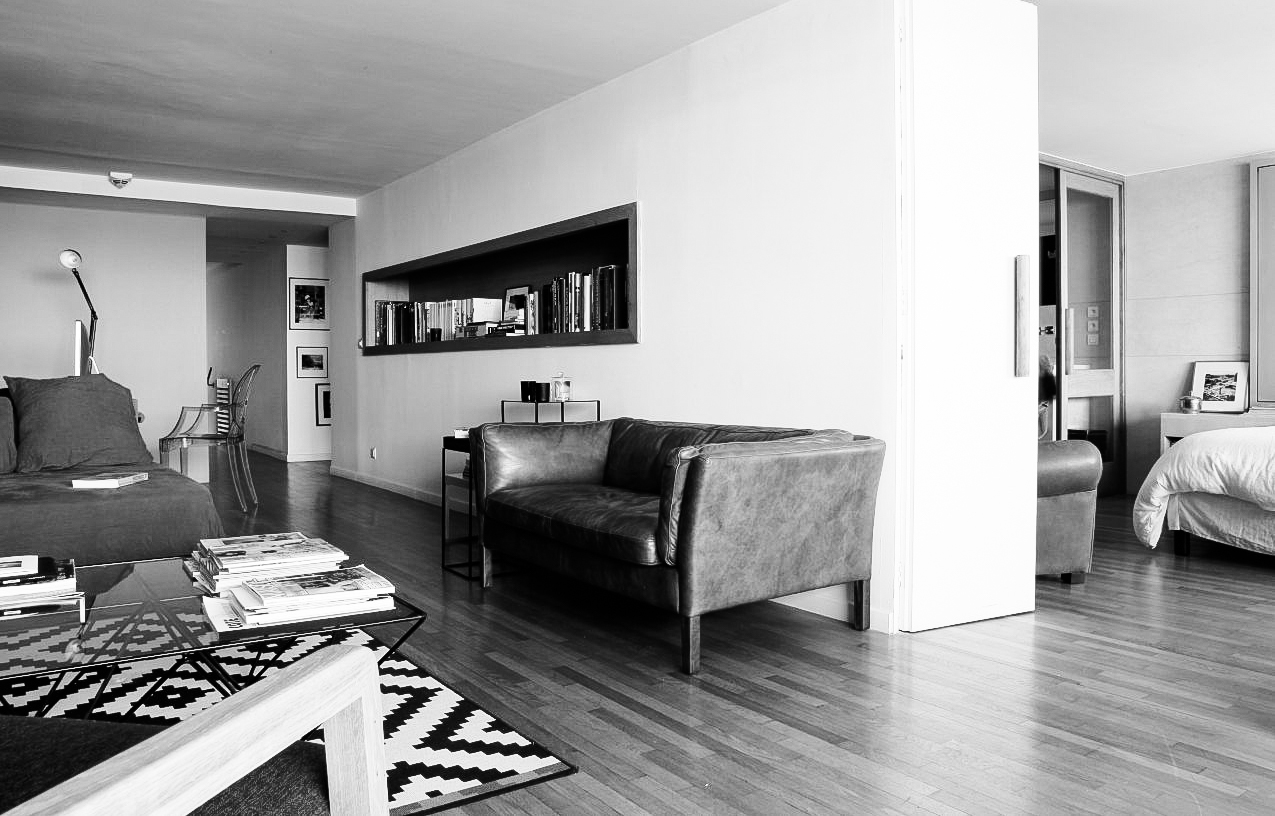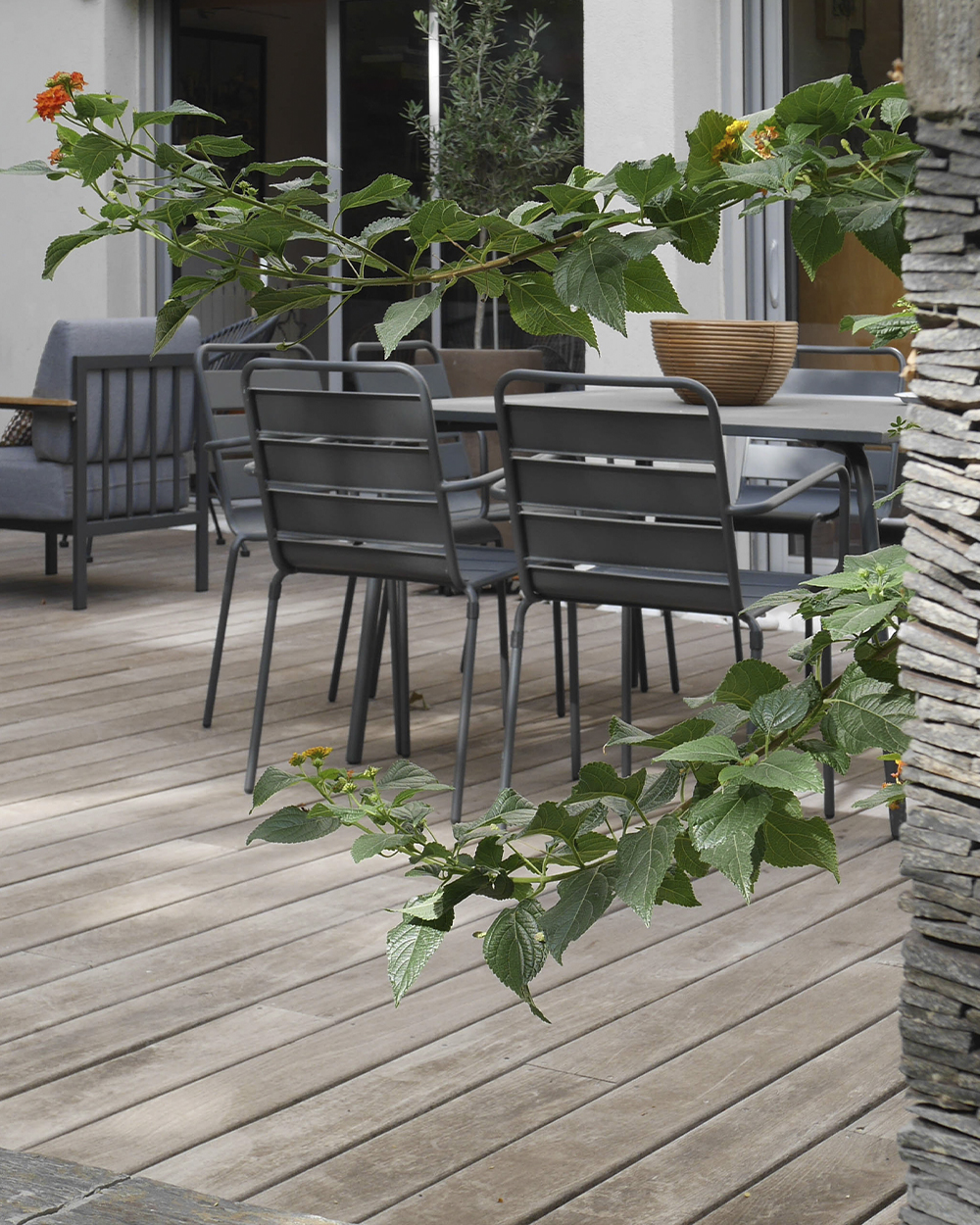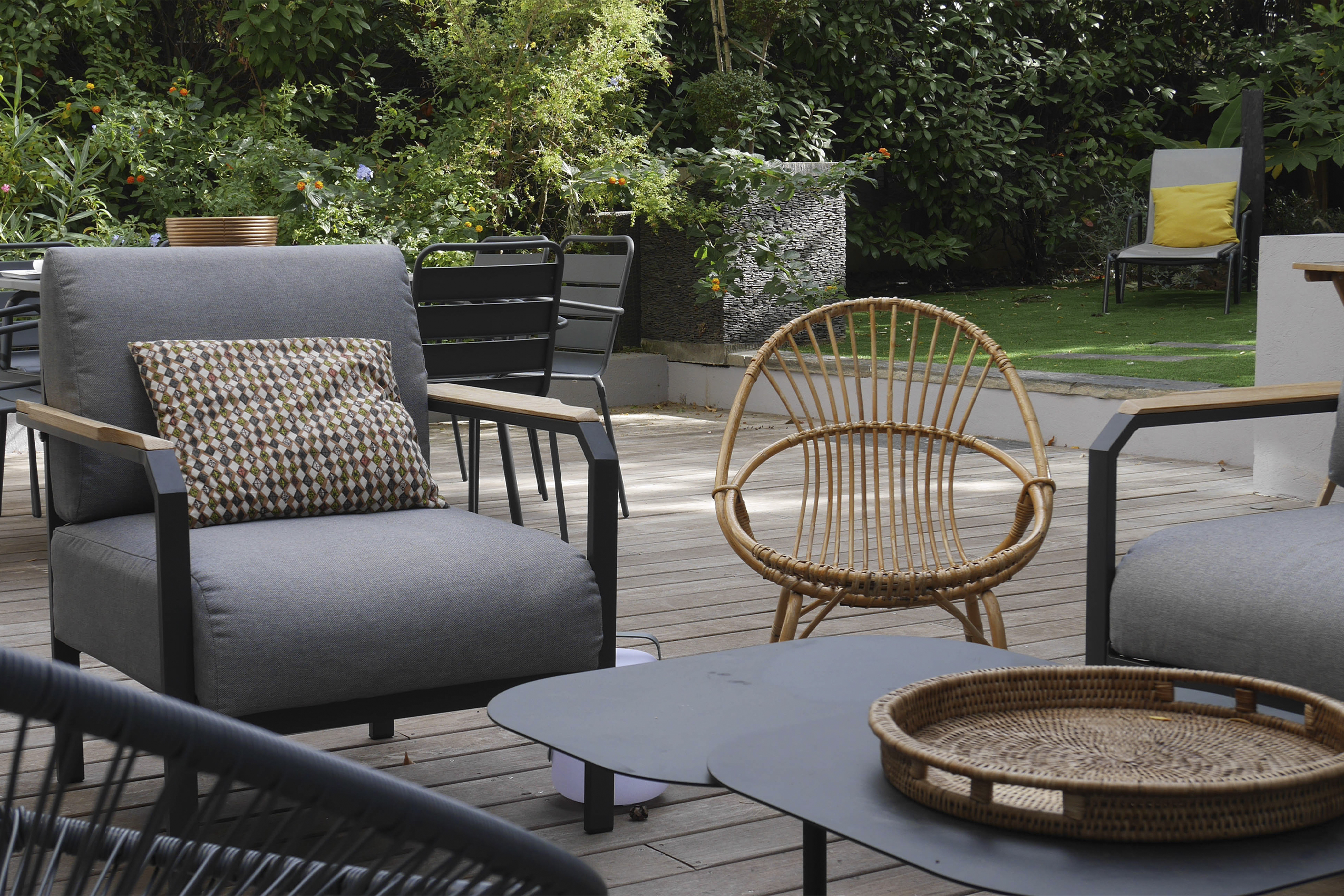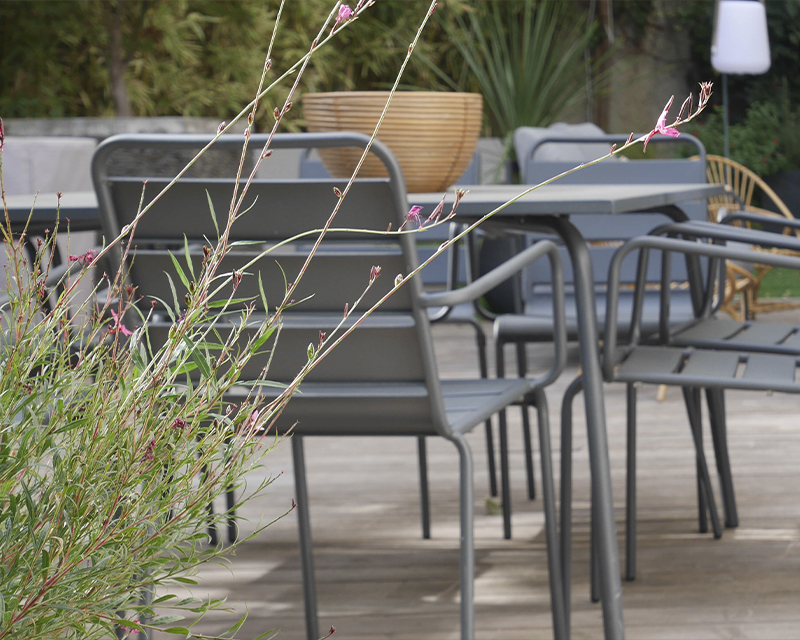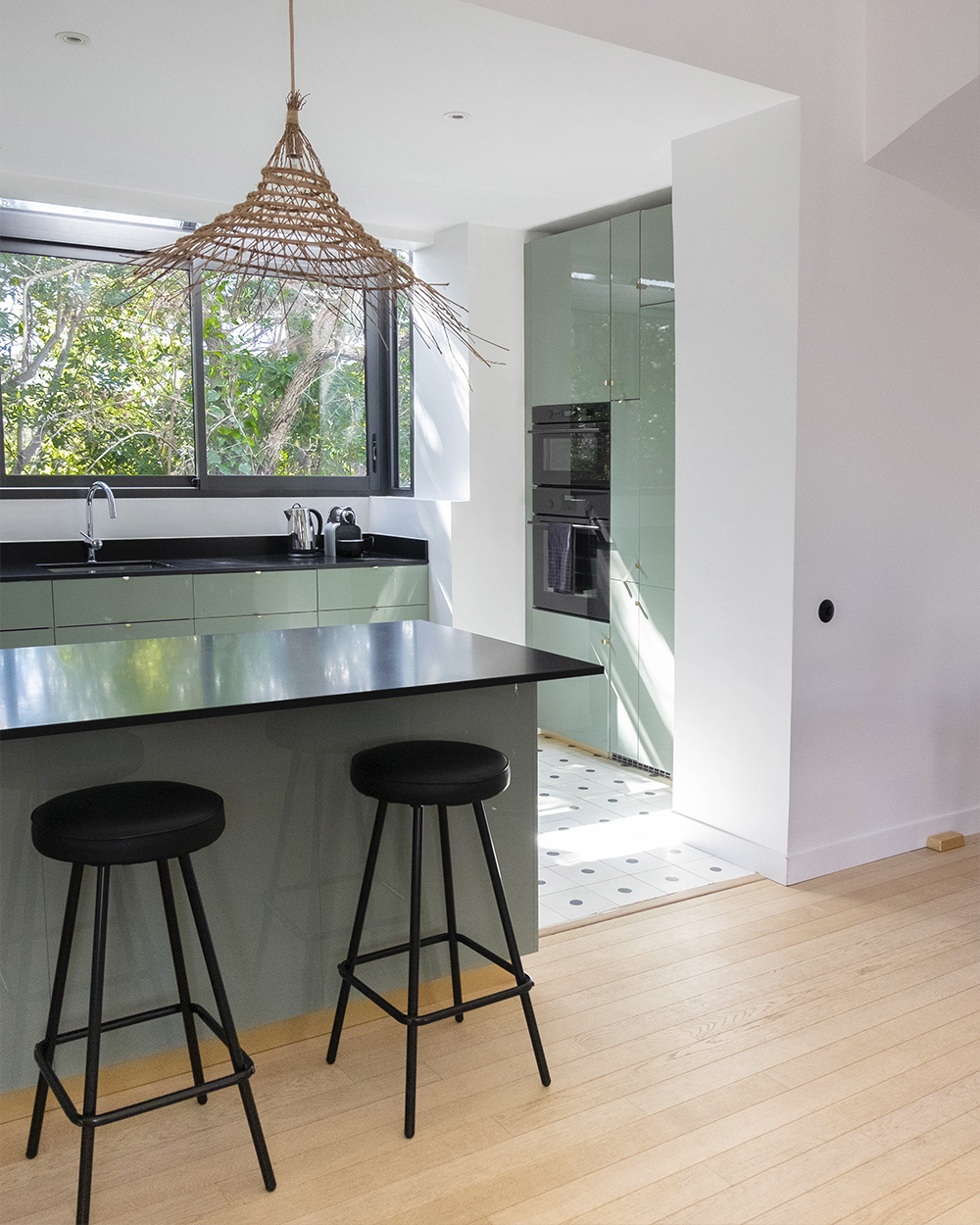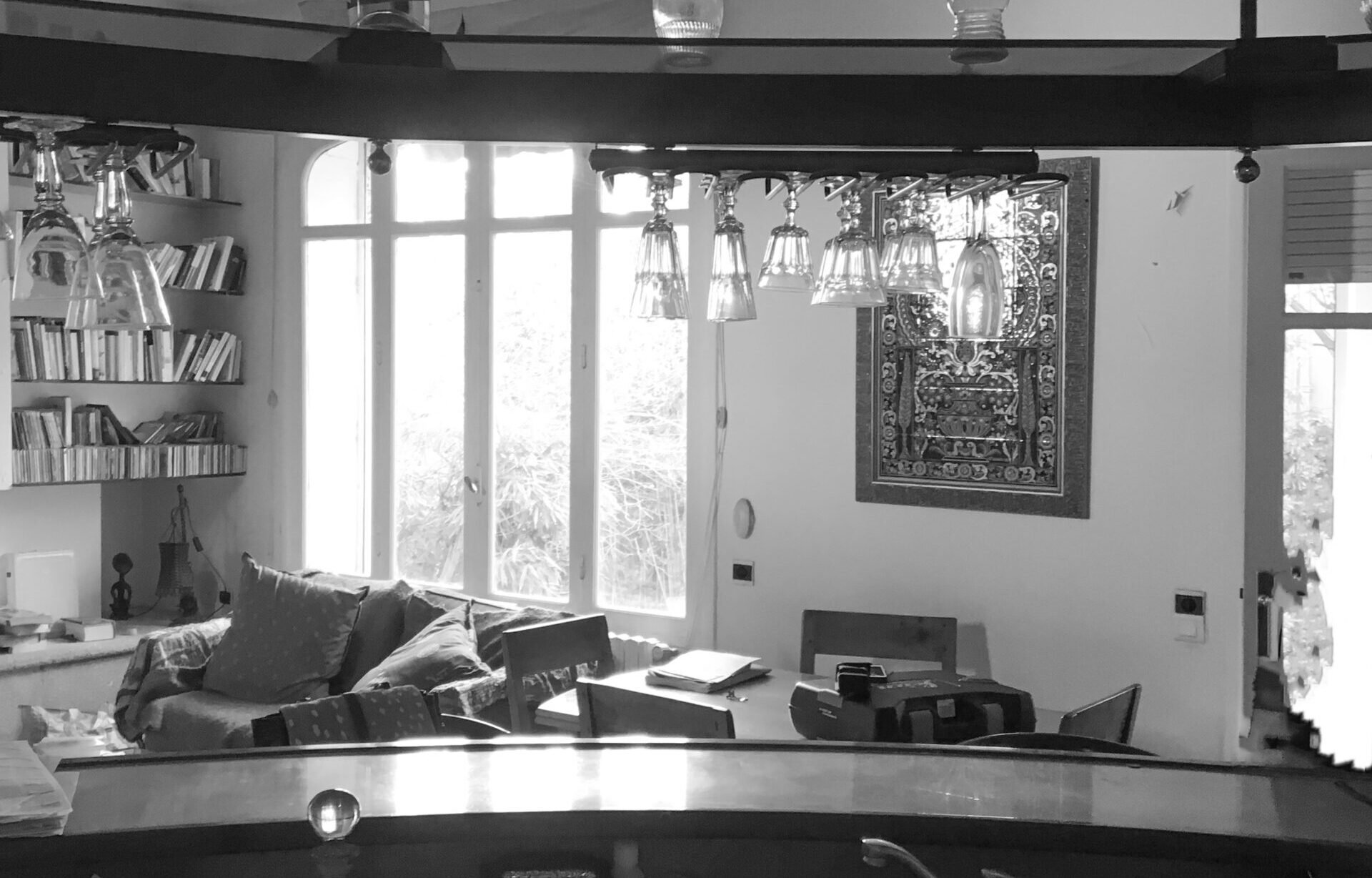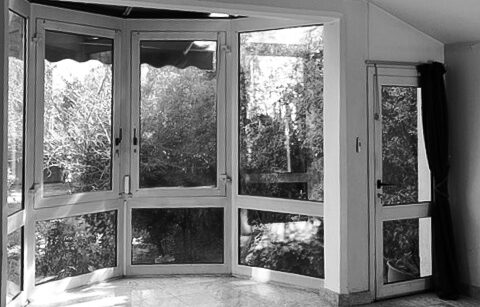
Édifiée entre 1947 et 1952 par Charles Édouard Jeanneret dit Le Corbusier, La Cité Radieuse située dans le 8ème arrondissement de Marseille concrétise le projet d’un « village vertical » appelé « Unité d’Habitation ».
Cette cité-jardin verticale, construite sur pilotis, est inscrite au patrimoine mondial de l’UNESCO depuis 2016. Créative et avant-gardiste, son architecture surprenante telle un paquebot offre une multitude de jeux de lumière, de perspectives et de couleurs, se présentant comme une œuvre architecturale à part entière.
Derrière ce projet fou de 337 appartement, se cache la forte volonté du Corbusier d’instaurer une nouvelle manière d’Habiter, permettant de vivre ensemble et de libérer les femmes.

Né le 6 octobre 1887 et décédé le 27 août 1965,
Charles-Édouard Jeanneret-Gris plus connu sous le pseudonyme Le Corbusier, est un architecte du mouvement moderne. Aux côtés notamment de Robert Mallet-Stevens et de Mies Van Der Rohe, il est un artiste complet opérant également en tant qu’urbaniste et designer. Fondateur de principes tels que le Modulor ou l’Unité d’Habitation, son œuvre comprend 17 sites – 10 en France – classés au Patrimoine mondial de l’Unesco tandis que de nombreuses de ses réalisations sont classées Monuments Historiques.
Parmi ses œuvres emblématiques on compte La Cité Radieuse à Marseille, La Villa Savoye à Poissy, la ville de Chandigarh en Inde et la chapelle Notre-Dame-du-Haut à Ronchamp. Il signe également des pièces de mobilier phares tels que le fauteuil LC2 et la lounge chair LC4.
